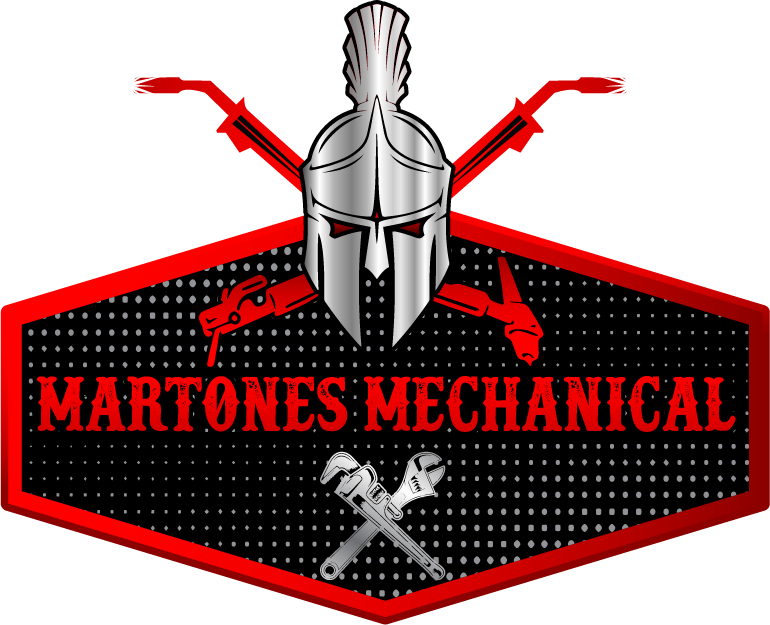PIPING SYSTEM
A piping system is a network of pipes and associated components designed to transport fluids (liquids or gases) from one location to another. Piping systems are used in various industries, including water supply, oil and gas, chemical processing, and HVAC. Here’s an overview of the key aspects of piping systems:
Components
- Pipes: The primary conduit for transporting fluids. Made from various materials like steel, PVC, copper, and fiberglass, depending on the application.
- Fittings: Components such as elbows, tees, and couplings that connect pipes and change their direction or size.
- Valves: Devices that control the flow of fluids within the system, including gate valves, ball valves, and check valves.
- Flanges: Flat pieces used to connect pipes or other equipment, providing a secure and leak-proof joint.
- Supports and Hangers: Structural components that hold pipes in place and maintain proper alignment.
Applications
- Residential: Plumbing systems for water supply and drainage.
- Industrial: Transporting chemicals, fuels, and gases in manufacturing and processing plants.
- Utility: Infrastructure for municipal water supply, sewage, and storm water management.
Piping systems are integral to modern infrastructure and industrial processes, playing a vital role in the safe and efficient transport of fluids across various applications.
